To control the center of the board in chess, start by moving your pawns and pieces to the center squares. This strategy helps you dominate the game and limits your opponent’s options.
Chess is a game of strategy where controlling the center of the board is crucial. The center squares (d4, d5, e4, and e5) are key to your success. When you control these squares, your pieces can move freely and attack effectively.
This makes your position stronger and more flexible. In this blog, we’ll explore techniques and tips to help you control the center and improve your game. Whether you’re a beginner or an experienced player, mastering the center is essential. Let’s dive into the strategies that can enhance your chess skills.
Importance Of Controlling The Center
The center of the chessboard is crucial. Controlling the center can determine the game’s outcome. It gives you a significant advantage over your opponent. Your pieces can move freely and exert pressure. Let’s delve deeper into why controlling the center is important.
Influence On The Game
Dominating the center allows you to control the game’s pace. Your pieces can cover more squares from the center. This makes it harder for your opponent to develop their pieces. You can launch attacks or defend more effectively. The center is the key battleground in chess.
Advantages For Your Pieces
Pieces in the center are more powerful. Knights can jump to more squares. Bishops can control long diagonals. Your queen becomes a formidable force. Your rooks can prepare to enter the game. Even pawns in the center hold great importance.
Central control gives your pieces more mobility. They can move to different parts of the board easily. This flexibility is essential for both attack and defense. Your opponent’s pieces will struggle to find good squares.

Credit: chess.stackexchange.com
Classic Center Control Strategies
Controlling the center of the board in chess is essential. It provides mobility and options for both attack and defense. Classic Center Control Strategies have been used by players for centuries. These strategies focus on dominating the central squares, primarily d4, d5, e4, and e5. Let’s explore some effective methods to achieve this.
Openings That Dominate
Choosing the right opening can set you up for control of the center. Here are some popular openings:
- Ruy Lopez: Begins with 1. e4 e5 2. Nf3 Nc6 3. Bb5.
- Sicilian Defense: Begins with 1. e4 c5, aiming for a counter-attack.
- Queen’s Gambit: Begins with 1. d4 d5 2. c4, offering a pawn for control.
These openings help you establish presence in the center early on. They provide the foundation for a solid strategy.
Key Pawn Structures
Pawns are the soul of chess. The way you place them determines your strength in the center. Here are some key structures:
| Structure | Description |
|---|---|
| Classical Center | Both players place pawns on d4 and e4 (or d5 and e5). |
| Closed Center | Pawns block each other on d4/e4 and d5/e5, leading to a strategic game. |
| Open Center | Pawns are exchanged, leading to open lines for pieces. |
Understanding these structures is key. They help you maintain control and plan your moves effectively.
Using these classic strategies will give you an edge. Master them and watch your game improve.
Modern Approaches To The Center
Modern approaches to controlling the center in chess often differ from classical methods. These new strategies focus on flexibility and indirect control. They provide more options and adaptability during the game.
Hypermodern Techniques
Hypermodern techniques emphasize controlling the center from a distance. Instead of occupying the central squares, players use pieces like bishops and knights. They target and influence the center without direct occupation.
This approach creates a dynamic position. It avoids early pawn moves that can become targets. Hypermodern play allows for a more flexible and reactive game. Players can adapt to their opponent’s moves more easily.
Flexible Piece Placement
Flexible piece placement is another modern strategy. It involves placing pieces in positions that can quickly change roles. Pieces are not committed to a single task.
For instance, knights might be placed to control key squares. They can also support other pieces or switch to defense if needed. Bishops can be positioned to control long diagonals. They can strike at the center or shift to another side of the board.
This flexibility keeps the opponent guessing. It allows for quick adaptation to changing situations. It helps maintain control over the game flow and the center.
Common Mistakes In Center Control
Controlling the center of the board in chess is key to a strong game. It allows you to control more squares and limits your opponent’s options. But many players make mistakes that weaken their position. Here are some common mistakes to avoid.
Overextending Pawns
One frequent mistake is overextending pawns. Pushing pawns too far too soon can backfire. They become hard to defend. Your opponent can target these advanced pawns. Your position can crumble. Keep your pawns close for better support.
Ignoring Opponent’s Threats
Another common error is ignoring your opponent’s threats. Always consider their moves. They might have plans to disrupt your center control. If you only focus on your own strategy, you can overlook their tactics. Look at the whole board. Pay attention to their pieces. This helps you defend better and maintain control.
Utilizing Minor Pieces For Control
In chess, controlling the center of the board is crucial. Minor pieces like knights and bishops play a vital role in this strategy. They help you dominate the middle squares and limit your opponent’s options. Let’s explore how to use these minor pieces effectively.
Effective Knight Placement
Knights are powerful in the center. They can control up to eight squares from there. Place your knights on central squares such as e4, d4, e5, or d5. This placement allows them to jump to other key squares quickly. Avoid placing knights on the edge of the board. They become less effective there. Knights are short-range pieces, so keep them active and involved in the middle game. Their unique movement pattern can be tricky for your opponent.
Bishop Influence
Bishops control long diagonals. Place them on open lines to maximize their range. From the center, they can cover many important squares. Fianchetto is a common strategy to place your bishop on a long diagonal. This gives your bishop strong control over the center. Avoid blocking your own bishops with pawns. Open lines are vital for their activity. Bishops work well in pairs, covering both color complexes. They can dominate the board and restrict your opponent’s pieces.
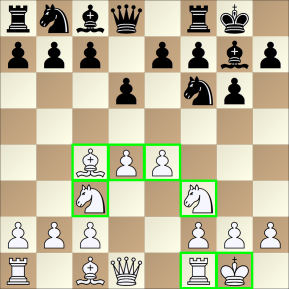
Credit: www.chessity.com
Transitioning From Opening To Midgame
The transition from opening to midgame in chess is crucial. During this phase, your main focus should be on controlling the center of the board. This control allows you to dictate the pace of the game. It also provides more options for maneuvering your pieces. Here’s how to maintain your center dominance and adapt to your opponent’s moves effectively.
Maintaining Center Dominance
Continue to support your central pawns with pieces. Knights and bishops should protect key squares in the center. Always aim to keep your pawns on d4, d5, e4, and e5 strong. Avoid unnecessary pawn moves that weaken your position. Keeping a pawn structure intact in the center is vital.
Develop your pieces quickly while maintaining central control. Rooks on open files can exert pressure on the center. Ensure your king is safely castled. This allows your rooks to connect and support central pawns. The queen should be active but not overextended. Proper coordination of your pieces is key to maintaining center dominance.
Adapting To Opponent’s Moves
Always be prepared to react to your opponent’s actions. If they challenge your center, respond with strong moves. Counter-attacks can help regain control. Use tactics like pins, forks, and skewers to create threats.
If your opponent tries to undermine your center with pawn breaks, be ready. Reinforce your central pawns or prepare to open the position. Adjust your strategy based on their weaknesses. Stay flexible and avoid sticking to a rigid plan.
Recognizing patterns and understanding common midgame strategies will help. This enables you to counter your opponent effectively. Stay focused and adapt as the game progresses.
Center Control In Endgame Scenarios
Center control is vital in chess, especially in endgame scenarios. In the endgame, controlling the center can often determine the game’s outcome. This section will focus on the critical principles and strategies needed for effective center control in endgame scenarios.
Critical Endgame Principles
In the endgame, every move counts. Prioritize moving your king towards the center. The king becomes a powerful piece in the endgame. Centralizing it can control many key squares.
Control open files and diagonals. Rooks and bishops are particularly strong on open lines. Use these pieces to dominate the center.
Keep your pawns centralized. Central pawns are more valuable in the endgame. They can control important squares and restrict the opponent’s pieces.
Converting Center Control To Victory
Once you control the center, the goal is to convert it to a win. Use your centralized king to support your pawns. Advance them to promotion squares.
Coordinate your pieces effectively. Ensure your rooks and bishops work together. This can create threats and force the opponent into a defensive position.
Be patient and calculate carefully. The endgame often requires precise moves. Avoid unnecessary risks and steadily improve your position.
By following these strategies, you can dominate the center in endgame scenarios. This control often leads to a decisive advantage and eventual victory.
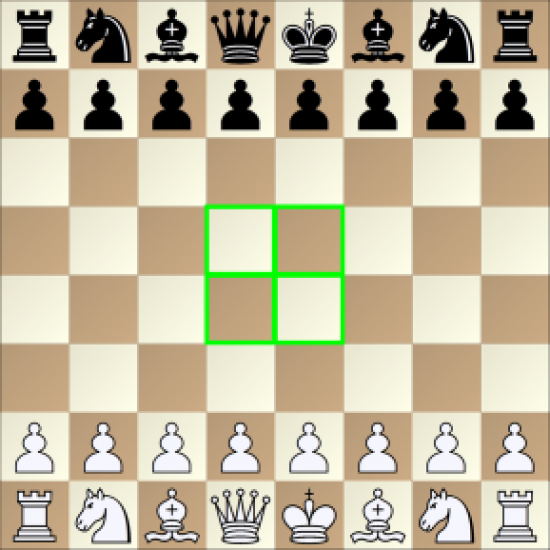
Credit: www.chessity.com
Training Techniques For Center Control
Controlling the center of the board is crucial in chess. It gives your pieces more mobility and influence. Let’s explore some effective training techniques to master center control.
Practice Drills
Practice drills are essential for improving center control. They help you understand key concepts and develop strategic thinking.
- Pawn Structure Drills: Set up different pawn structures. Practice moving them to control the center.
- Piece Coordination Drills: Arrange pieces to support each other. Focus on controlling central squares.
- Opening Rehearsals: Practice specific openings. Aim to dominate the center quickly.
Regular practice builds muscle memory. It helps you execute strategies effortlessly in real games.
Analyzing Master Games
Study games played by chess masters. Analyze how they control the center.
- Identify Key Moments: Look for moves that establish center control.
- Understand Their Strategy: Note the sequence of moves. Understand their plans.
- Apply Lessons Learned: Implement similar strategies in your games.
Analyzing master games enhances your understanding of center control. It provides valuable insights and practical examples.
| Game | Player | Year | Key Moves |
|---|---|---|---|
| Karpov vs. Kasparov | Garry Kasparov | 1985 | e4, d4 |
| Fischer vs. Spassky | Bobby Fischer | 1972 | c4, d4 |
Use these techniques to enhance your center control skills. Practice regularly and study master games for continuous improvement.
Conclusion
Controlling the center is vital for chess success. Practice these strategies often. Your game will improve with consistent effort. Remember to stay patient and focused. Small adjustments lead to better control. Study famous games for insights. Keep learning and enjoy the process.
Chess mastery takes time and dedication. Happy playing!

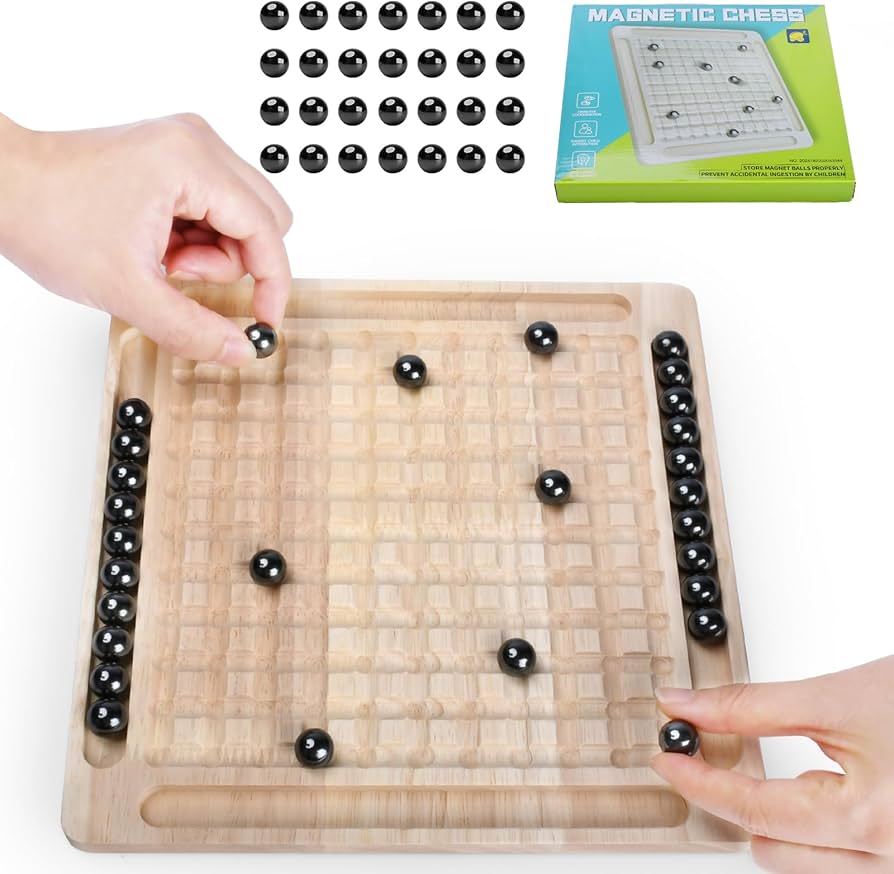
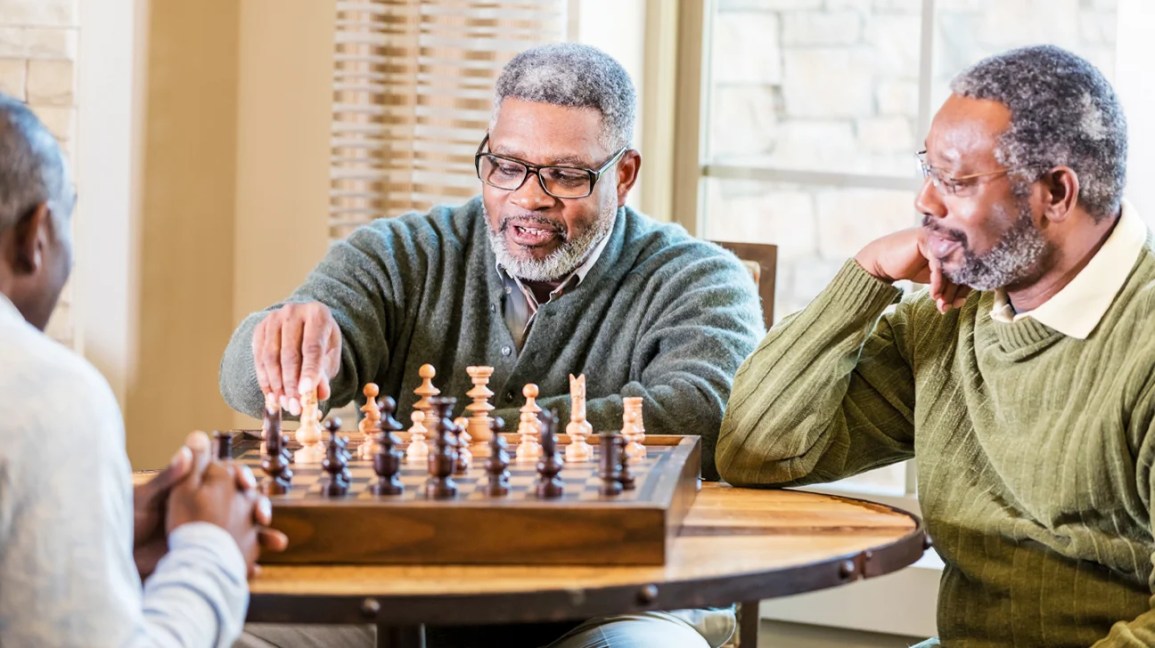

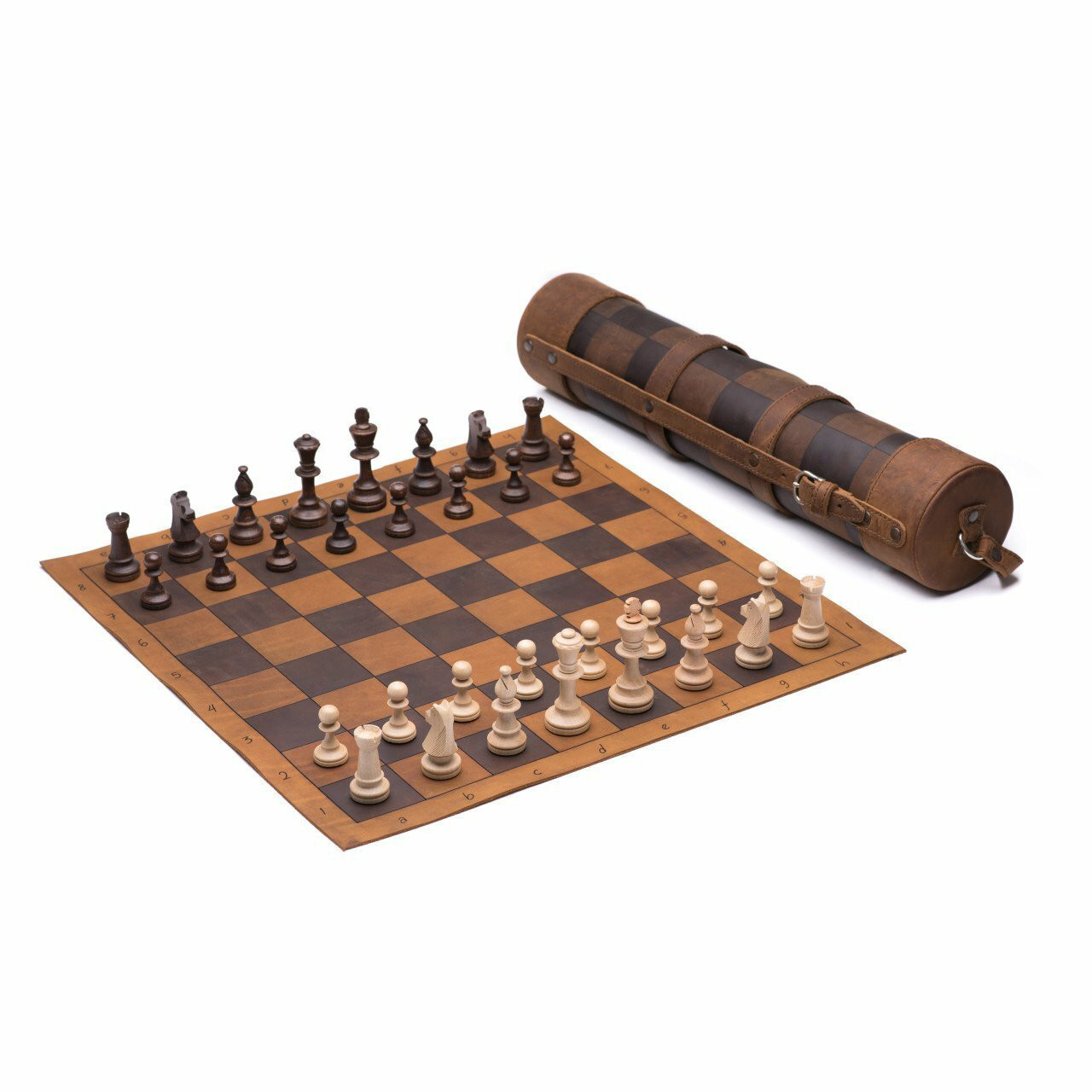
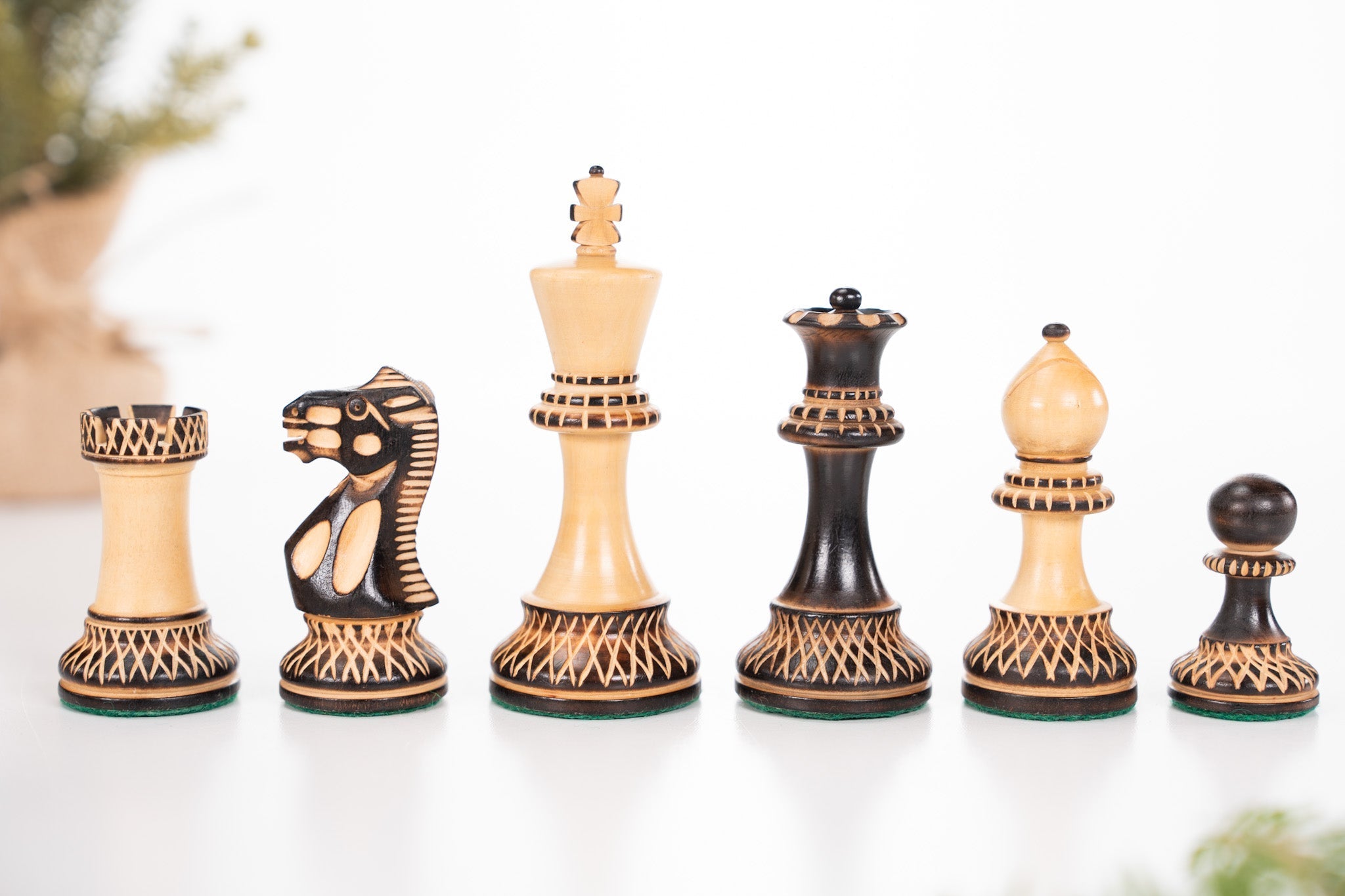


One Response
Very clean website , regards for this post.